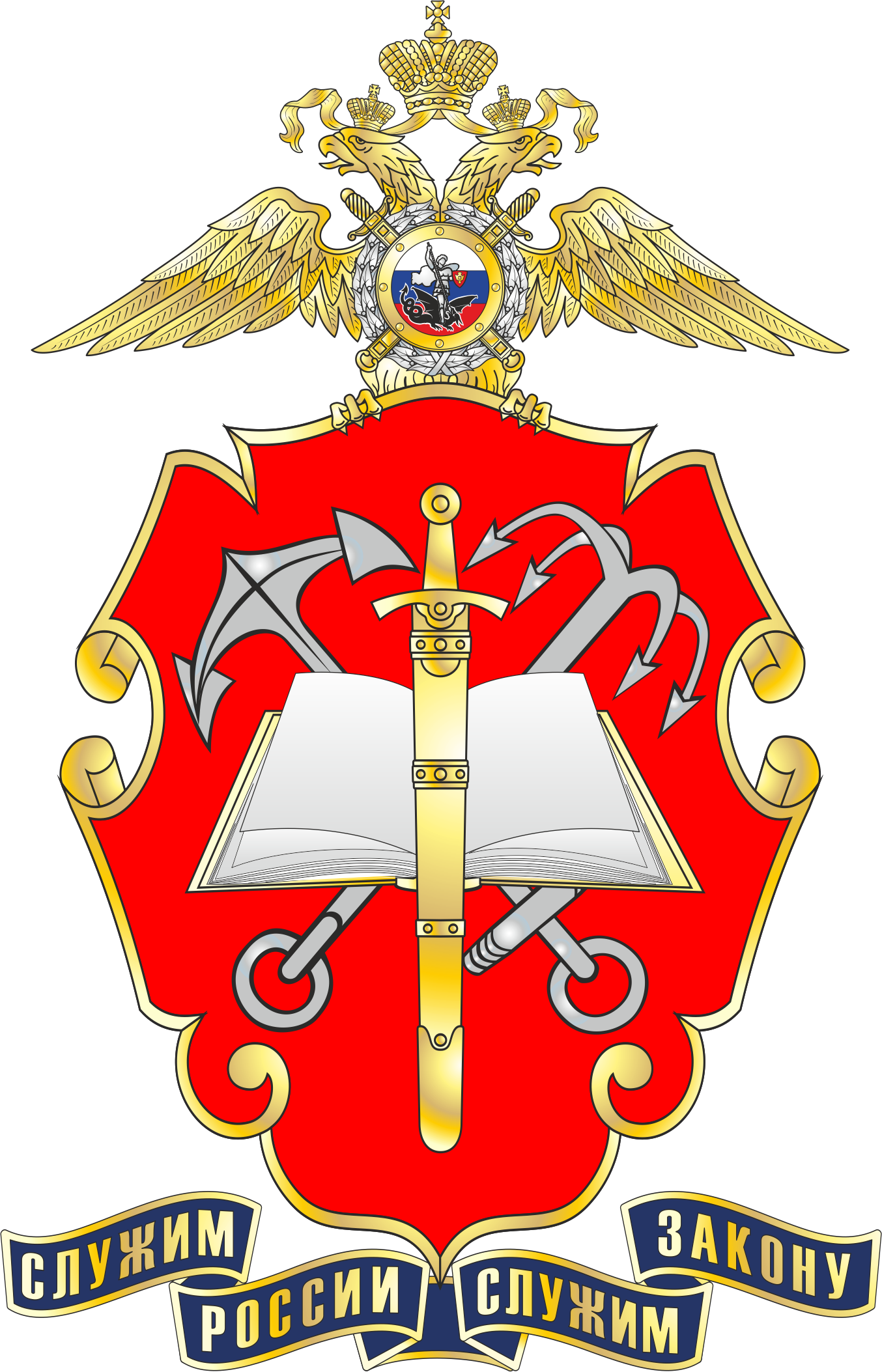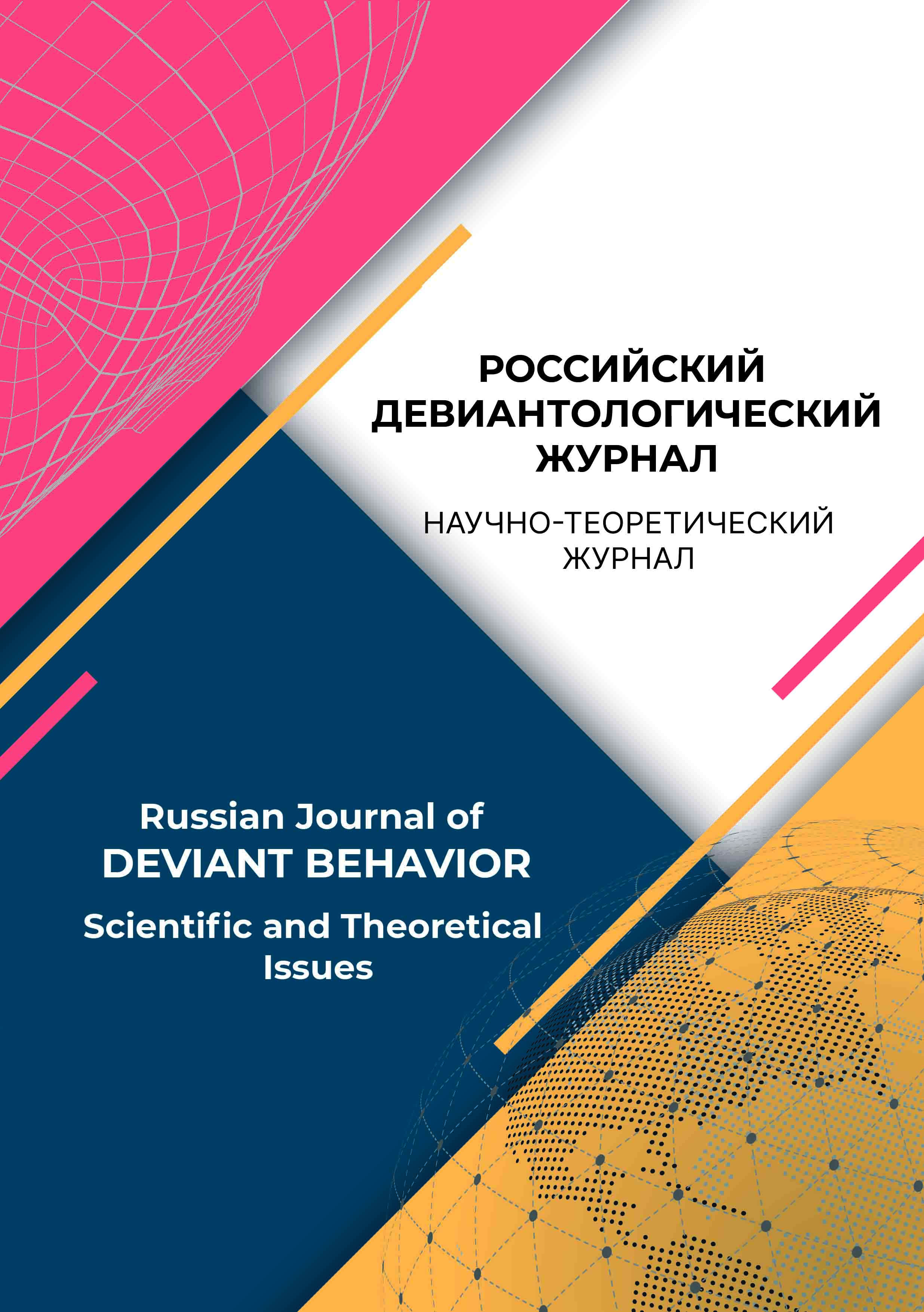from 01.01.2019 until now
Minsk, Belarus
The article analyzes flaming as a tool for a speech conflict inciting. The author backs up the idea that flaming as a mean of speech aggression appeared on the threshold of a new era due to the development of the mass media and computer-mediated communication in the Internet discourse. It is shown that flaming is actively used in combination with other forms of speech aggression in Internet discourse, such as trolling and cyberbullying. Phenomenon of «hate speech» is assigned a special role in flamewars. This term as the international legal practice shows, denotes the opposition of the subjects described in the text based on certain characteristics (race, language, religion, nationality, or belonging to any group) and inducement to violent actions that are carried out based on them. Using specific examples, the author attempts to classify flaming to reveal their strategic goals and to describe the tactics of discreditation illustrating the intent of the content creator. The work emphasizes the need to reveal the communicating tactics in the framework of forensic linguistics examination as well as deanonymization of the flaming content creators via forensic authorship examination.
flaming, speech aggression, cyberbullying, extremism, interpretation, communicating strategies and tactics, forensic linguistics, forensic authorship examination
1. Voroncova, T. A. (2016). Trolling i fleyming: rechevaya agressiya v Internet-kommunikacii. Vestnik Udmurtskogo universiteta. Ser. Istoriya i filologiya, 26 (2), 109-116.
2. Gorbanevskiy, M. V., Trofimova, G. N. (2021). GLEDIS v cifrovom prostranstve. Gil'dii lingvistov-ekspertov po dokumentacionnym i informacionnym sporam - 20 let. Moskva: IPC «MASKA».
3. Issers, O. S. (2008). Kommunikativnye strategii i taktiki russkoy rechi. Moskva: Izdatel'stvo LKI.
4. Kogan, Ya. M., Vul'f, M. V. (per.) (2006). Ostroumie i otnoshenie k bessoznatel'nomu (Z. Freyd). Moskva: AST, Minsk: Harvest.
5. Kuznecov, S. A. (2000). Bol'shoy tolkovyy slovar' russkogo yazyka. Sankt-Peterburg: Norint.
6. Lutovinova, O. V. (2015). Virtual'naya yazykovaya lichnost': k opredeleniyu ponyatiya. Mir nauki, kul'tury, obrazovaniya, 1 (50), 288-292.
7. Ostin, Dzh. L. (1986). Slovo kak deystvie. V B. Yu. Gorodeckiy (red.), Novoe v zarubezhnoy lingvistike (Vypusk XVII. Teoriya rechevyh aktov, str. 22-129). Moskva: Progress.
8. Ruzhenceva, N. B. (2004). Diskreditiruyuschie taktiki i priemy v rossiyskom politicheskom diskurse: monografiya. Ekaterinburg: Ural. gos. ped. un-t.
9. Filippova, M. P. (2020). Internet-kommentariy i soobschenie na internet-forume: parametry zhanrovogo razgranicheniya. Vestnik udmurtskogo universiteta. Ser. Istoriya i filologiya, T. 3, vyp. 6, 1049-1054.
10. Scherbinina, Yu. V. (2015). Rechevaya agressiya. Territoriya vrazhdy. Moskva: Forum.
11. Yarec, A., Hatuleva, D. S., Kirilo, A. V. (2020). Raznovidnosti konfliktov i agressii v Internet-kommunikacii. V Idei. Poiski. Resheniya: sbornik statey i tezisov XIII Mezhdunarodnoy nauchno-prakticheskoy konferencii prepodavateley, aspirantov, magistrantov, studentov (Minsk, 22 noyabrya 2019 g. V 7 t. T. II / BGU, Filologicheskiy fak., Kaf. angliyskogo yazykoznaniya; N. N. Nizhneva (otv. red.), str. 201-214). Minsk: Belorusskiy gosudarstvennyy universitet.
12. Butterfield, A., Ngondi, G., Kerr, A. (2016). Oxford Dictionary of Computer Science. London: Oxford University Press.
13. Colette Langos, B. A. (2012). Cyberbullying: the challenge to define. Cyberpsychology, Behavior and Social Networking, 15 (6), 285-289. https://doi.org/10.1089/cyber.2011.0588
14. Garner, B. A., Black, H. C. (2009). Black’s Law Dictionary. West Group; A Thomson Company.
15. Helfrich, U. (2014). Face work and flaming in social media. Face work and social media. Hildesheimer Beiträge zur Medienforschung 2. Münster: LIT Verlag.
16. Nabila Putri Supriadi, G. W. (2020). Bullies’ attitudes on Twitter: A forensic linguistic analysis of cyberbullying (Systemic Functional Linguistics approach). Passage, 8(2), 111-124.
17. Nitin, N., Bansal, A., Sharma, S. M., Kumar, K., Aggarwal, A., Goyal, S., Choudhary, K., Chawla, K., Jain, K., Bhasin M. (2011). Classification of Flames in Computer Mediated Communications. International Journal of Computer Applications, 14(6).
18. Nitin, N., Bansal, A., Khazanchi, D. (2011). Understanding perceived flaming tendencies on social networking sites: an exploratory study. Issues in information system, 12 (1), 425-435.
19. Raymond, E. S., Steele, G. (1991). The new hacker’s dictionary. Cambridge, Mass.: MIT Press.














